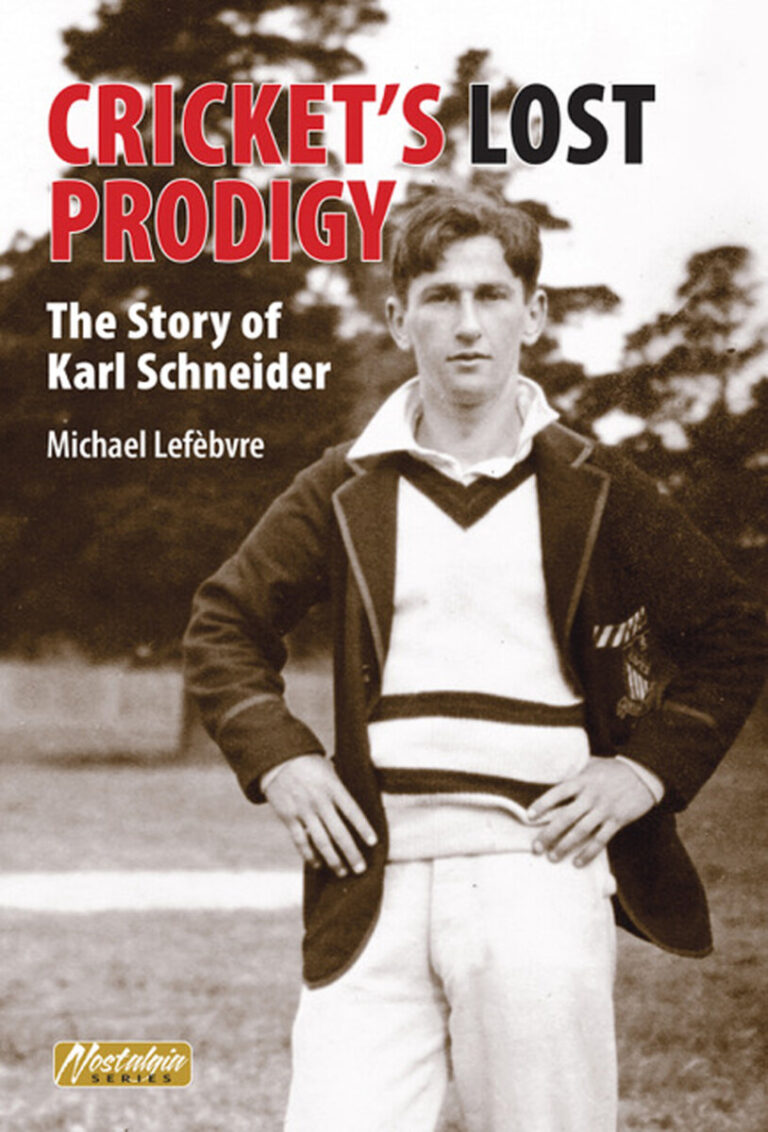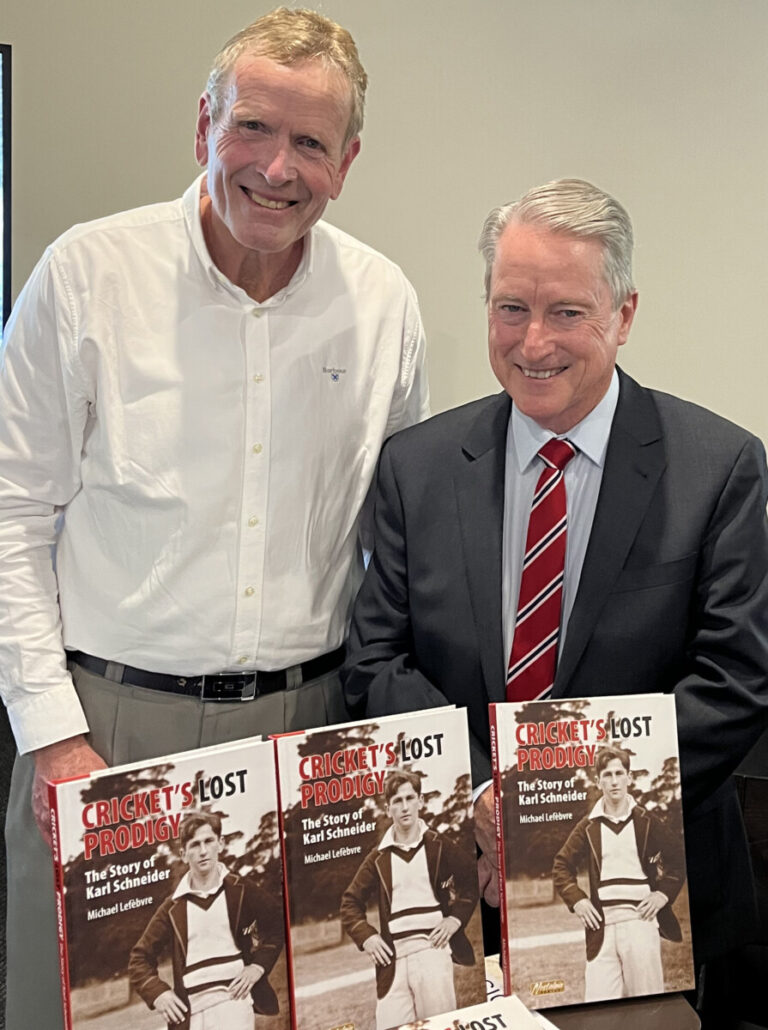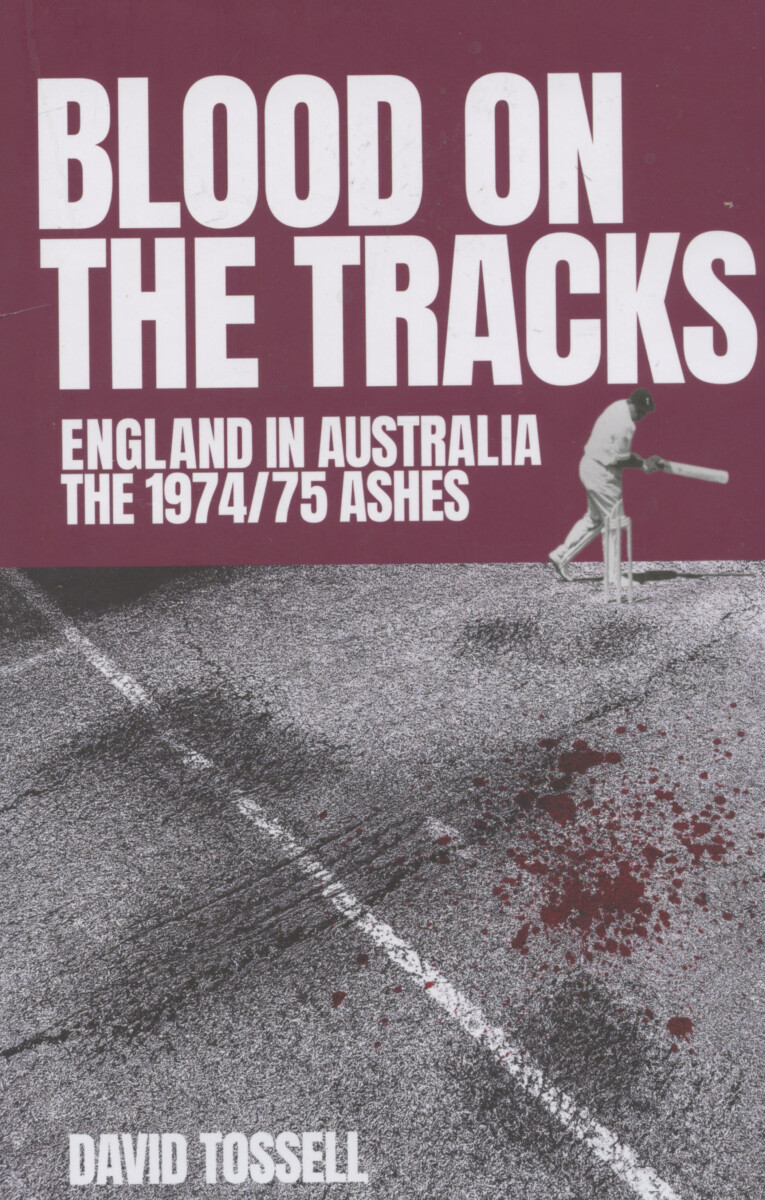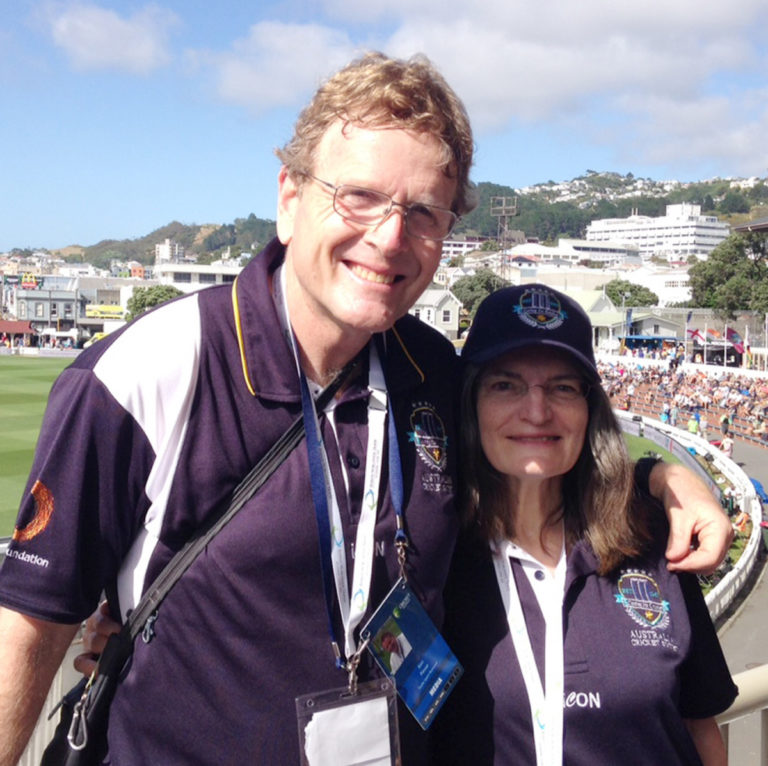
News
The hollow crown, by Mark Peel
The captaincy of England’s Test team has always been the highest of honours and among the most onerous.
 ‘I was 25 years old,’ said Mike Atherton about his first Tests as leader in 1993, ‘blissfully naive and totally unaware of the roller-coaster ride to come.’
‘I was 25 years old,’ said Mike Atherton about his first Tests as leader in 1993, ‘blissfully naive and totally unaware of the roller-coaster ride to come.’
David Gower was equally frank about his two stints in the ‘80s. ‘You need to be an English graduate to choose your words carefully,’ he said. ‘You need to be a psychologist to deal with the people around you. And eventually you need to be a cricket captain.’
When the first of England’s post-war touring teams left for Australia in September 1946, Prime Minister Clement Attlee hosted a farewell dinner at Lord’s reminding the team that it was not only a cricket tour; but a goodwill mission.
Within hours of the first Test, England’s captain Walter Hammond, one of the giants of the game, walked past Don Bradman swearing, saying Bradman’s refusal to walk on what Hammond believed was a clear catch to slips fielder Jack Ikin was ‘a bloody fine way to start a series’.
Hammond remained bitter about the incident for the whole tour and refused an invitation to visit Bradman at his home. He also told teammates not to socialise with the Don.
England’s opening batsman Cyril Washbrook believed Hammond a ‘difficult man to live with’.
‘He never asked anybody their opinion.’
In The Hollow Crown, England’s cricket captains from 1945 to the present, the awardwinning Mark Peel – noted for his biographies of Ken Barrington and Colin Cowdrey – has written essays about each of the captains from stern Wally to the still baby-faced Joe Root. England’s last captain Ben Stokes will no doubt be included in an updated edition.
This is a fine book from one of English cricket’s foremost writers.
Caption above: Ian Botham






